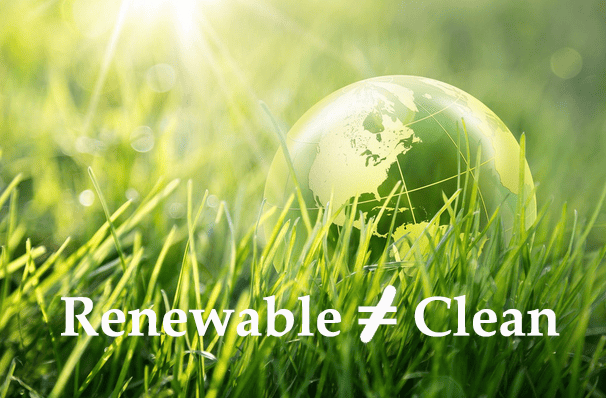Enough with “renewables!”
The American Nuclear Society posted an article entitled How a nuclear victory at COP27 started with a teen and a text reporting on the wonderful story of Ia Aanstoot. This is the 17-year old Swedish highschool student who effectively saved the day for nuclear at COP27 by alerting a WhatsApp chat group with the right…

